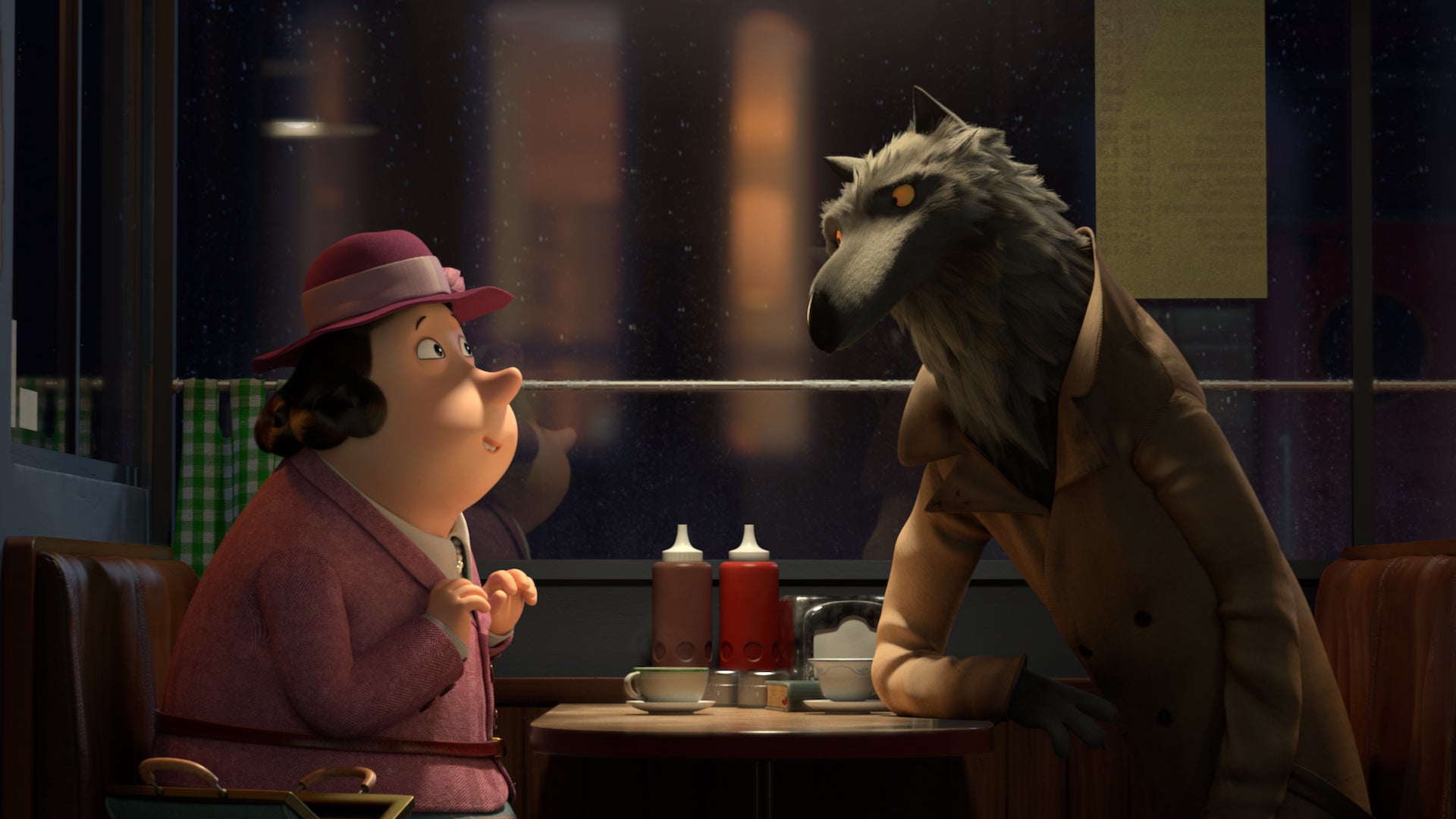
Triggerfish Animation Studios chose Yeti for Roald Dahl’s Revolting Rhymes
When tasked with building a variety of characters for two short films based on much-loved author Roald Dahl’s Revolting Rhymes stories, Triggerfish Animation Studios chose Yeti to create fur and hair. Produced by Magic Light Pictures, the films premiered on BBC One in December 2016 and will be doing the festival circuit as well as TV and DVD releases this month.
We caught up with Mike Buckland, Head of Production at Triggerfish, to learn more about their process and how the artists used Yeti.
“The Revolting Rhymes films are divided into two ‘worlds’ – the Main Story, where the fairytales are visualized, and the Frame Story, where the narrator exists. The Main Story world is very stylized, with hair and fur treated with a sculpted approach, whereas the Frame Story world is done in a more realistic style, and for this we used Yeti for the hair and fur. In this Frame Story there were five characters with human hair, two human characters who wore fur coats, and three versions of the Narrator Wolf (two with different outfits and one unclothed). Because these all looked vastly different, and needed different functionality, we used different approaches for the different Yeti nodes.”

“For the Narrator Wolf, we used Yeti grooms for the areas with short fur, namely the face, ears, and limbs. However, the directors wanted a very specific stylized, clumpy look for the head, neck and tail fur, and for this we used curves exported from Zbrush, and used them as guide curves. We had to build some custom tools to be able to change the Yeti attributes for a number of selected curves at once, and to make it easier to “brush” the curves in Maya, although this remained tricky and unintuitive. We did eventually get exactly the look the directors wanted, styling each clump’s guide curve individually by brushing it and adjusting its Yeti attributes. The guide curves were a bit tricky to use in the animated shots because we didn’t have a chance to rig them, so we had to adjust them at the origin, instead of on the posed character. The clumps under the neck tended to crash through one another when the Wolf moved his head, so there was a lot of brushing to be done per shot. The Yeti grooms behaved very well in the shots though, and we had to make very little use of corrective grooms.”
“For the fur coats the directors wanted a messy, uneven look, so we again used guide curves, some created in ZBrush and others brushed in Softimage. We were very happy with the final look, but the large number of curves needed for the entire surface of each fur coat made scenes with the coats very slow and heavy. Luckily they featured in far fewer shots than the Wolf.”

“We used curves for the human hair as the characters have very styled hair: the Babysitter has tight pin curls, Red Riding Hood has impeccable 50’s waves, Snow White has very defined clumps in her fringe, and the little girl has has two pigtail chignon buns. The curves were created in Softimage and converted to Yeti strands. For the most part the curves were static, but some of them had to be rigged in order to prevent long hair from crashing into the character’s geometry.”
“We are very happy with the final result and have been overwhelmed by positive feedback.”
Fur/hair credits:
Hair artist and technical lead: Sue Sauer
Fur artist: Liesbeth Gouws
Additional shot-based artists: Sam Hillebrand and Jarryd Muir
ZBrush and texturing artist: Danie Malan
Shading artist: Kevin Van Den Oever
TD: James Bihl



